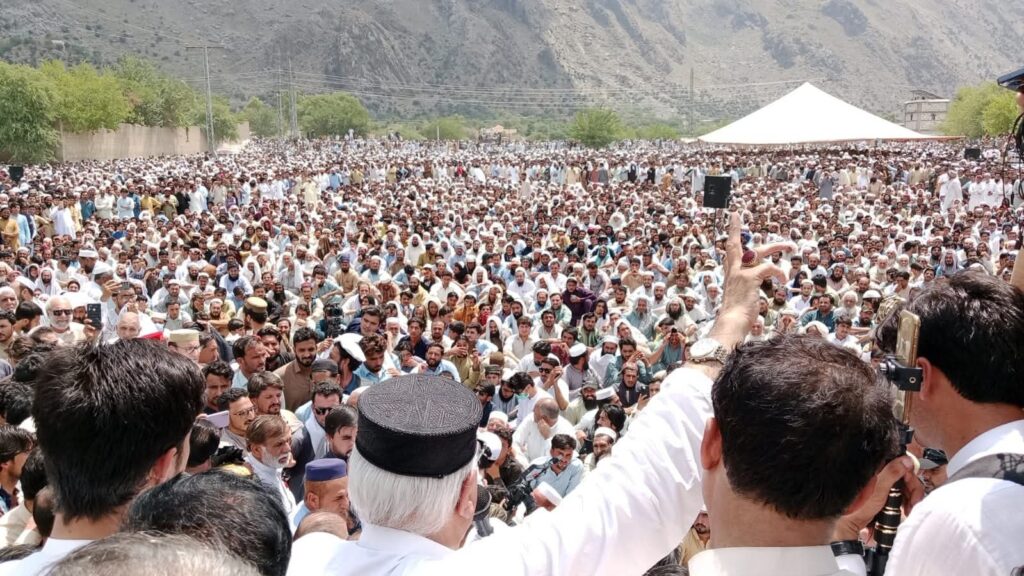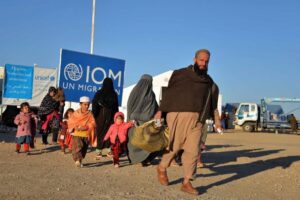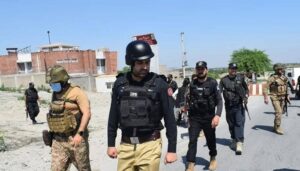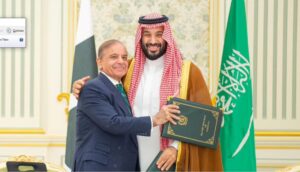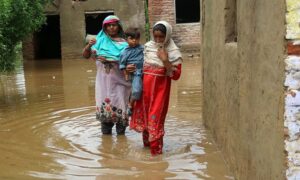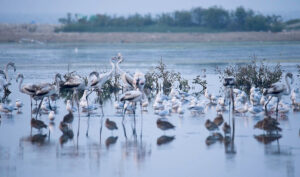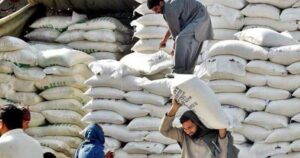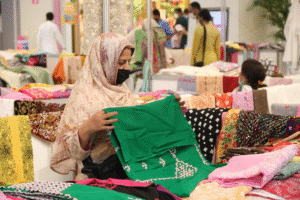BAJAUR – Thousands of mourners from across Khyber Pakhtunkhwa gathered in Nawagai, Bajaur, to attend the funeral of Maulana Khanzeb, a senior leader of the Awami National Party (ANP). Gunmen killed him in a targeted attack while he was campaigning for a peace march scheduled for 13 July.
ANP’s top leadership joined the funeral prayers. Central Secretary General Dr Salim Khan and Provincial President Mian Iftikhar Hussain led the fateha. Other party leaders present included Hussain Shah Yousafzai, Hamid Tofan, Sangeen Khan Advocate, Tariq Afghan Advocate, former MPA Haji Bahadur Khan, Karim Babak, and Ijaz Ali Khan.
Also Read: Another Voice Silenced: ANP Leader Maulana Khanzeb shot dead in Bajaur
Addressing the crowd, ANP leader Sardar Hussain Babak said, “When you talk about peace, you will have to face bullets.” He called Khanzeb’s murder a great loss and said voices like his are hard to find. Babak urged Pashtuns to unite and defend their right to peace. “He gave his life while promoting peace, yet the state stays silent,” he added.
Mian Iftikhar Hussain, while speaking at the funeral, said, “We have no personal enmity with anyone. But those who oppose peace are enemies of us all.” He said the attackers shot Khanzeb in a public market filled with CCTV cameras. “Why were all the cameras removed after the murder? If the state doesn’t bring the killers to justice, then it is part of the crime,” he warned.
Also Read: Who Was Mufti Munir Shakir? A Look at His Tumultuous Life and Violent End
He pledged that ANP would continue to resist and protect the region, just as Pashtuns had resisted British and Sikh rulers in the past. “We won’t let fear rule our land,” he declared. He also asked why this violence only affects Khyber Pakhtunkhwa. “Why is the rest of the country stable while our province suffers instability?” he questioned.
Maulana Khanzeb killing sparked outrage. Political parties, civil society, and human rights groups condemned the attack. Many called it part of a pattern aimed at silencing peace advocates in the tribal areas.

